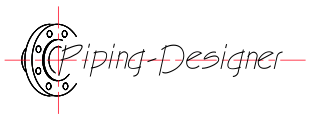Kirchhoff's Current Law
Kirchhoff's Current Law formula |
||
|
\( 0 \;=\; \sum I \) \( \sum I_{in} \;=\; \sum I_{out} \) |
||
| Symbol | English | Metric |
| \( \sum I \) = Total Current | \(A\) | \(A\) |
| \( \sum I_{in} \) = Current In | \(A\) | \(A\) |
| \( \sum I_{out} \) = Current Out | \(A\) | \(A\) |
Kirchhoff’s current law, abbreviated as KCL, also called the first law, is a fundamental principle in electrical circuit theory that deals with the conservation of electric charge at a junction or node in a circuit. The law states that the total current entering a node is always equal to the total current leaving that node. In other words, the algebraic sum of currents at a junction is zero, meaning no charge is lost or created within the node itself. This principle is based on the fact that electric charge cannot accumulate at a node, it must flow continuously through the circuit. KCL is widely used in circuit analysis to determine unknown currents and ensure that the flow of electricity in a circuit is consistent with the physical law of charge conservation.

